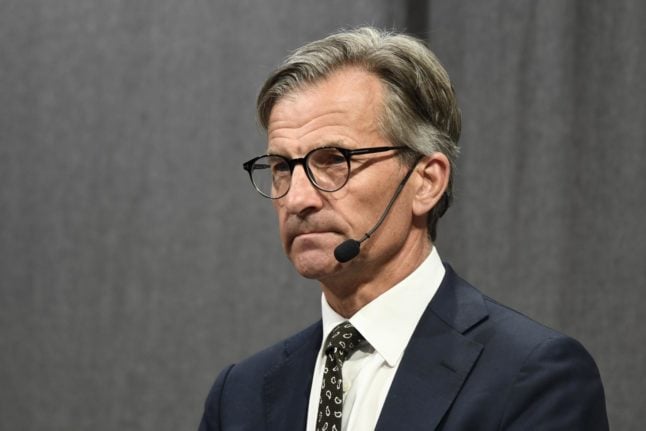On the surface, it looks like the Riksbank should be cutting the so-called policy rate – inflation fell last month and is nearing the bank’s 2 percent target.
However, the bigger picture is more complicated.
Yes, inflation according to the CPIF measurement, which essentially means the effects of mortgage rates are removed, dropped to 2.3 percent last month, and since autumn, inflation figures have been lower than the Riksbank’s predictions.
However, inflation when considering CPIF with the effect of energy prices removed currently stands at 3 percent, which is higher than expected, and the Riksbank is wary of cutting the key interest rate by too much too soon.
It’s not all bad news. The bank indicated in a press statement that it could lower the policy rate by more than originally predicted this year, based on other economic indicators.
“Given that inflation is fundamentally developing favourably, economic activity is assessed to be somewhat weaker, and the krona exchange rate is a little stronger, the forecast for the policy rate has been adjusted down somewhat,” the bank wrote.
“If inflation prospects remain the same, the policy rate can be cut two or three times during the second half of the year.”
The next rate announcement will be on August 20th, and although the Riksbank has said there could be one more cut to the interest rate this year than previously expected, it hasn’t said whether this will occur in August or later on in the year. Rate decisions are scheduled for September 25th, November 7th and December 18th.
If the bank skips a rate cut in August, it looks relatively likely that it will cut rates in September instead.
There are some caveats, though. Factors like the inflation rate elsewhere, geopolitical unease, the krona’s exchange rate and the rate of recovery in the Swedish economy can all affect future policy rate changes, for better or worse.
Why is the policy rate important?
Well, it’s the bank’s main monetary policy tool. It decides which rates Swedish banks can deposit in and borrow money from the Riksbank, which in turn affects the banks’ own interest rates on savings, loans and mortgages.
If bank interest rates are high, it’s expensive to borrow money, which means people spend less and as a result inflation drops.
Now that inflation is on the way down, the Riksbank can lessen the pressure on households by lowering the rate, but they don’t want to do that too fast in case consumption rises too fast, pushing up inflation again.



 Please whitelist us to continue reading.
Please whitelist us to continue reading.
Member comments